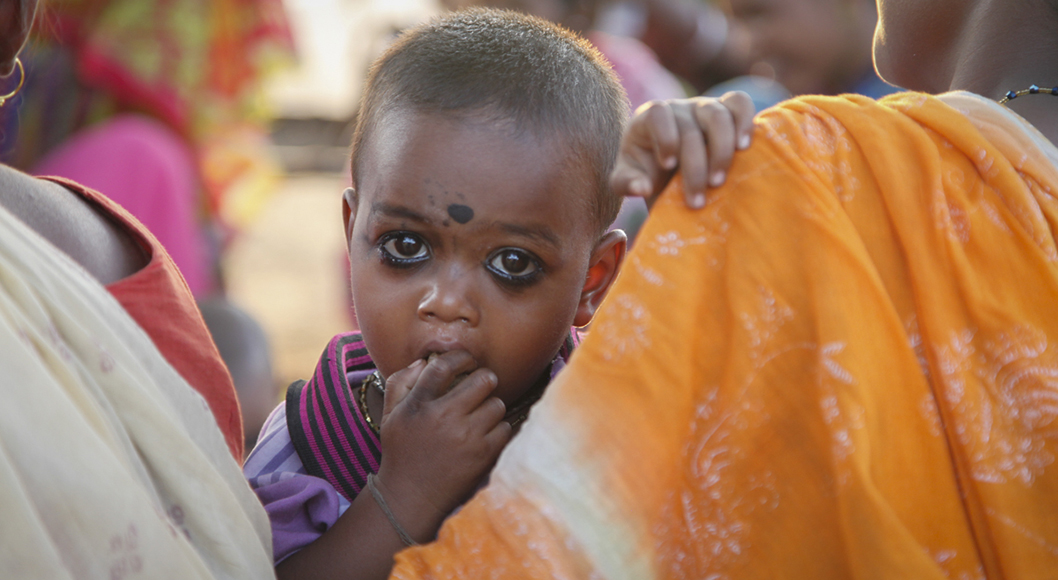United Nations Millennium Development Goals (MDGs) 4 and 5 aim to reduce the under-five child mortality rate and the maternal ratio by 2015. The Reproductive, Maternal, Newborn, Child, and Adolescent Health (RMNCH+A) strategy was developed by the Government of India to accelerate progress toward these goals and focus more attention on key high impact interventions in India’s 184 High Priority Districts (HPDs) which span 29 states and Union Territories. To strengthen the implementation of the RMNCH+A strategy, the Ministry of Health and Family Welfare (MOHFW) developed the 5×5 matrix which lists the high priority interventions under each thematic area and is intended to help program managers and other stakeholders monitor their own performance.
The Bill & Melinda Gates Foundation (BMGF) contracted with John Snow, Inc. (JSI) to identify, review and advocate for successful service delivery approaches and best practices that could be scaled up through the RMNCH+A strategy and with resources from India’s National Health Mission (NHM).
JSI’s technical experts worked under the RMNCH+A framework to identify and develop strategies and operational guidelines for the effective implementation of innovative approaches. Under this project, RMNCH+A Innovations, JSI contributed to “RMNCH+A: Illustrative Performance-Based Incentives (PBIs) for High Priority Districts (HPDs),” a document that suggests PBIs for peripheral health facilities (sub-centres and primary health centres) that are functioning sub-optimally or are very understaffed. The PBIs are to be linked to incentives that motivate service providers by rewarding them for high quality work and strengthening specific elements of the health system, particularly in the RMNCH+A high priority districts.
JSI India staff also collaborated with the MOHFW to create another helpful tool, the “Key Performance and Quality Indicators for High Impact RMNCH+A Interventions,” which identifies key performance indicators (performance of people, programs, organizations) and quality indicators (statistical measures that show output quality) that can be used to assess the degree to which high impact interventions—those outlined in the 5×5 matrix—are being delivered at scale.
At the state level, recently the JSI Innovations team members were entrusted to provide technical input on proposed innovations in the annual performance improvement plans (PIPs) that trigger supplemental NHM funding. In 2014, JSI reviewed the PIPs and provided detailed comments to the NHM planning team that should influence follow-up and future NHM guidelines.
The JSI Innovations team, in collaboration with the MCHIP team, also supported the MOHFW in finalizing the national Kangaroo Mother Care (KMC) guidelines and is currently assisting with the finalization of the India Newborn Action Plan, both of which will help to further strengthen newborn care service delivery in the country.
Finally, JSI worked under the Innovations project with the Federation of Obstetric and Gynaecological Societies of India (FOGSI) and MOHFW to conduct technical trainings on the RMNCH+A strategy for FOGSI members and to develop a national prevention of postpartum haemorrhage (PPH) strategy for the country. Again, the intent was to provide guidance on evidence-based practices that will further improve the delivery of maternal and newborn health services, particularly in the HPDs across India.


